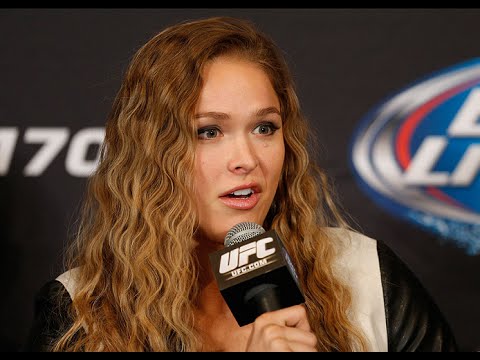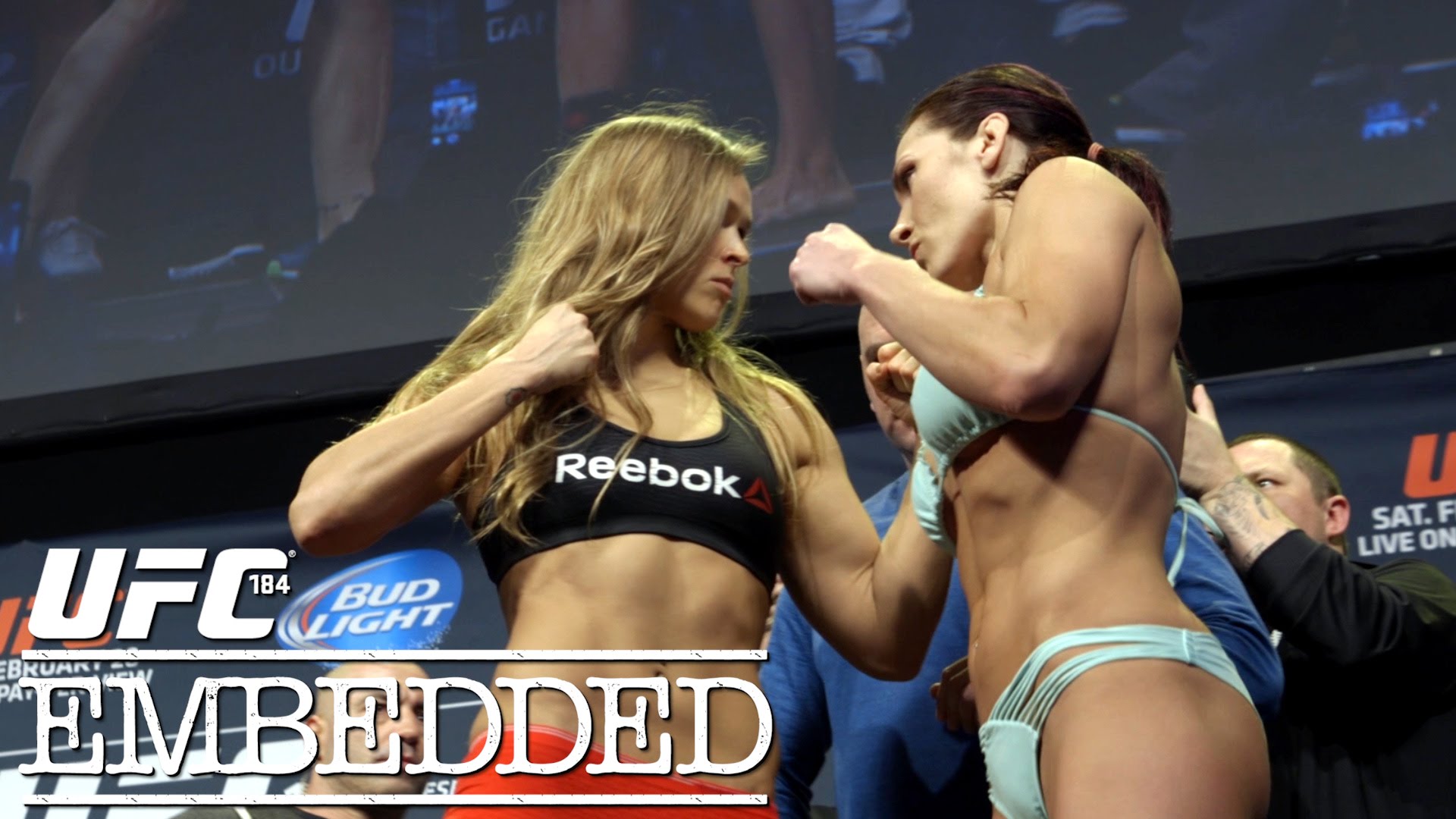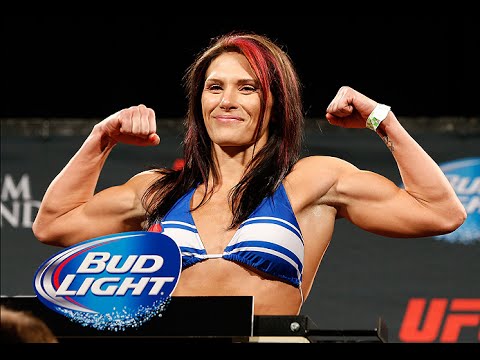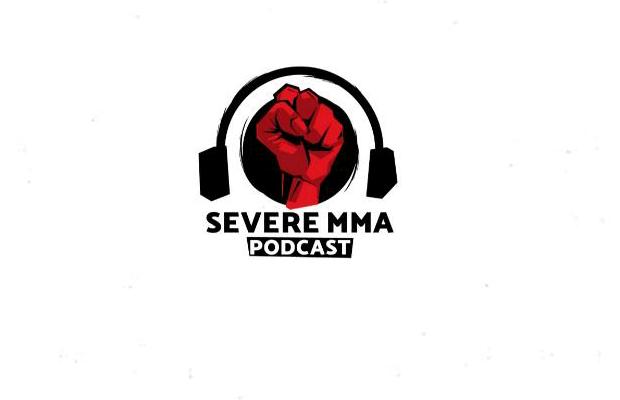
When Ronda Rousey enters the octagon to face Cat Zingano at UFC 184 on Saturday night, it will be just over two years to the day since she and Liz Carmouche made history as the first two women to ever compete in the Ultimate Fighting Championship.
Despite Dana White proclaiming on numerous occasions that female combatants would never fight under the promotion’s banner, the star-power of Rousey obviously compelled him to think otherwise, and UFC 157 proved a watershed moment in women’s MMA.
Just like in her six previous professional bouts, Rousey finished Carmouche via armbar in the first round, though not without first surviving the grimace-inducing neck-crank applied by the former Marine, in what was a riveting contest.
That night not only heralded Rousey as the all-encompassing force of nature she has proven to be, but aptly-demonstrated that female fighters were legitimate, commercially viable mixed martial artists.
Since then, Rousey has ruthlessly-disposed of the three other challengers to her title, while making considerable inroads into Hollywood. Simultaneously, the division for which she is the undeniable figurehead has seamlessly taken its place in the status quo. And, with the recent addition of the strawweight division, the female populous of the UFC is set to expand greatly in the near future.
However, UFC 184, albeit by default, marks the first occasion that female fighters have been solely tasked with carrying an event- a pay-per-view one at that. Rousey was scheduled to defend her bantamweight title against Zingano in the co-main event, but they were bumped up a spot when middleweight champion Chris Weidman was forced to withdraw from his title bout with Vitor Belfort, who was then unwilling to face Lyoto Machida or Gegard Mousasi on short notice for an interim belt.
A slew of other slated match-ups, including Jacare Souza versus Yoel Romero, had to be rescheduled, which lead to promotional debutant Holy Holm and relative unknown Racquel Pennington being shunted into the lofty position of second from top. Just how many people across the pond are willing to shell out the price of the PPV to watch these four ladies close out an event will provide tangible evidence as to how much traction the female fighters have amassed over the last 24 months.
The thing is, there is no precedent to indicate just how well this enforced experiment will go. In her four UFC fights, Rousey has twice been the main event; against Carmouche at UFC 157, and Sara McMann at UFC 170. In her other two matches, at UFC 168 and 175, she assumed the co-main event slot behind Chris Weidman’s re-match with Anderson Silva and his second title-defence against Lyoto Machida.
What’s more, on just one of those cards, at UFC 170, was there another female bout, with Alexis Davis defeating Jessica Eye atop of the preliminary card on Fox Sports 1. Outside of last December’s TUF 20 finale the UFC have never risked a female-drive event.
In terms of sales, the trend for UFC pay-per-view shows is, at best, pretty erratic. According to mmapayout.com the sales for UFC 157 were 450,000, which is respectable given the previous pay-per-view show, UFC 156, headlined by Jose Aldo and Frankie Edgar, managed 330,000. Perhaps the novelty of seeing female fighters for the first time unduly spiked the numbers, because when Rousey faced McCann, another Olympic medallist, the figures fell to 350,000.
In the entirety of 2014, the UFC’s pay-per-view shows exceeded 500,000 only once for, coincidentally, UFC 175, which peaked at 545,000 views. Though, it is highly improbable that it was predicated on the paying public being engrossed by the prospect of Rousey facing Alexis Davis, and can almost certainly be attributed to the intrigue which surrounded Weidman’s contest with the mercurial Machida.
While UFC 182 did 800,000, it’s likely to be an aberration based on the animosity between Jon Jones and Daniel Cormier and, until Conor McGregor squares off against Jose Aldo, the pay-per-view dollars will in all probability continue to dissipate for the first half of 2015.
Like Sara McMann, Kat Zingano has led a life that belongs on the pages of a film script. Her initial shot at Rousey was ripped from her grasp due to a brutal knee injury, which was followed by the tragic suicide of her husband and trainer Mauricio Zingano. Yet, all the UFC have done to acquaint her with fans outside the die-hard base, is to give her about 25 minutes of air time on the painfully-formulaic Countdown series. The 18-time world boxing champion Holy Holm was afforded similar treatment, despite her anticipated arrival to MMA’s top table.
That said, they’ve been ducking for cover, while putting out PED induced fires as of late, so actually giving this event a fighting chance of success probably wasn’t a priority. This, though, could prove regrettable. Because, when the male protagonists began to fall by the wayside, there was an opportunity to fully commit to this unique concept and see if it could be a sustainable model.
Even if both fights turn out to be instant classics, the only way the brass would be convinced to try something like this again, and by design for that matter, is if Rousey and Co can generate an adequate viewership. It might be cynical, but the truth is, pay-per-view dollars will go a long in way in deciding just how much of a platform the UFC are willing to afford their female employees in the years to come.
By making themselves appealing to a demographic beyond that of 18 to 40-year-old men. The UFC could open themselves to markets once thought unreachable. It stands to reason, does it not? The more diverse the product, the more diverse the audience.
@oldmanrooney









0 comments